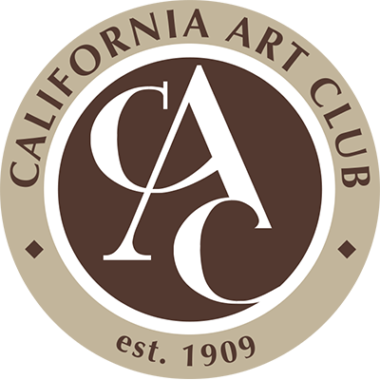Exhibitions
Welcome to California
November 20, 2020 - January 29, 2021
CAC Virtual Gallery
Welcome to California features small works of iconic images of the Golden State, from pristine landscapes and seascapes to figurative works and still lifes. All artwork is framed and available for acquisition. See Terms of Sale.
Opening day for the exhibition, Sunday, November 29, is being celebrated as the first Artists Sunday – Earth’s Largest Art Event! This nationwide event encourages consumers to shop with artists and craftsmen. It’s like Black Friday, but for art. More information can be found here.
Art enthusiasts who purchase $500 of artwork from the exhibition will receive a gift certificate for a complimentary one-year membership at either the Associate Artist or Patron level for a new member. A portion of the proceeds from the sale of these works will benefit the organization’s arts educational programming. This exhibition was made possible, in part, by a grant from the Cultural Affairs Division of the City of Pasadena.



 Simon Lok
Simon Lok